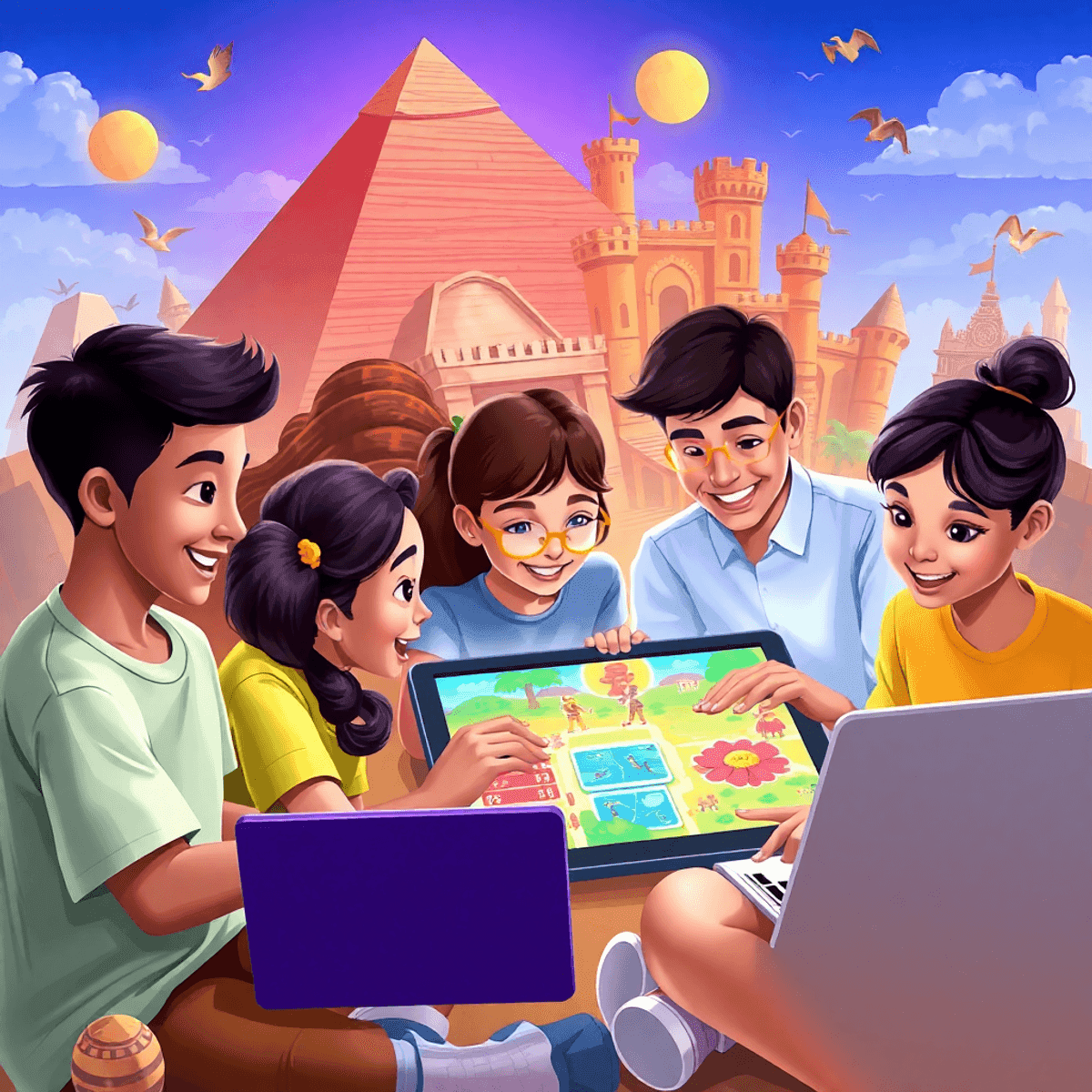History Spot Games transforms the traditional approach to learning history into an engaging, interactive experience. These digital platforms blend educational content with entertaining activities, making historical events and figures come alive for students of all ages.
Imagine exploring ancient civilizations through exciting games, unraveling mysteries from the past, and constructing historical timelines – all while having a great time. History Spot Games creates this immersive learning environment where acquiring knowledge feels effortless and enjoyable.
Behind the scenes, bot verification plays a crucial role in maintaining the integrity of these educational gaming experiences. This security measure ensures:
- Fair competition among real players
- Protection of user data
- Accurate tracking of learning progress
- Prevention of automated abuse
The combination of engaging activities and secure gaming environments makes History Spot Games a trusted platform for educators, parents, and students. You’ll discover how easy it is to learn complex historical concepts through play, all while knowing your experience is protected by robust verification systems.
Understanding History Spot Games
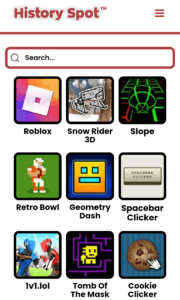
History Spot Games are a unique combination of educational content and interactive gameplay. These specialized learning tools turn traditional history lessons into fun experiences using strategic game design elements.
Core Components of History Spot Games:
- Interactive timelines with clickable events
- Character-driven historical narratives
- Achievement-based learning paths
- Real-time feedback systems
- Social learning features
The integration of historical content happens through carefully crafted game mechanics that maintain educational value while delivering an enjoyable experience. Players interact with historical events, figures, and concepts through various gameplay elements such as:
- Story-Based Missions: Complete tasks based on actual historical events
- Resource Management: Build civilizations or manage historical economies
- Decision Trees: Make choices that mirror significant historical moments
- Knowledge Challenges: Answer questions to progress through historical periods
History Spot Games come in diverse formats to suit different learning preferences:
- Digital Platforms
- Mobile apps with quick historical challenges
- Desktop games featuring detailed historical simulations
- Browser-based educational quizzes
- Physical Games
- Historical card games with period-specific artwork
- Board games recreating famous battles
- Memory matching games with historical figures
- Hybrid Experiences
- Augmented reality historical tours
- Virtual reality reconstructions of ancient sites
- Location-based historical scavenger hunts
These games create immersive learning environments where players naturally absorb historical knowledge through active participation. The game mechanics reward accuracy and understanding while maintaining player engagement through progressive difficulty levels and varied content delivery methods.
The Importance of Fun in Learning History Spot Games

Learning history through fun activities has a significant impact on education. Studies show that students who learn about history through games or interactive experiences are more motivated and better at remembering what they learned.
How Fun Activities Like History Spot Games Help Us Learn
When we combine enjoyable activities with learning, our brains process information differently:
- Stronger Connections: Fun activities engage multiple parts of the brain, creating stronger memory pathways.
- Less Stress: Playful approaches reduce anxiety, making difficult historical concepts easier to understand.
- Longer Engagement: Students are willing to spend 60% more time studying when learning materials include game elements.
The Power of Game Mechanics in Teaching History
By incorporating game mechanics into history education, we create an immersive learning environment where students naturally absorb information while having fun. This combination of enjoyment and learning activates the brain’s reward centers, reinforcing historical knowledge and encouraging active involvement. Gamification and game-based learning have shown remarkable success in transforming traditional educational methods.
How Gamified Learning is Changing History Education
Gamified learning methods have transformed how students engage with historical content. These techniques have shown positive results in student performance:
- 40% improvement in fact retention rates
- 35% increase in test scores
- 55% higher participation rates in class discussions
- 45% better understanding of historical cause-and-effect relationships
Such improvements can be attributed to the unique approach that play-to-learn educational games offer. These games not only make learning fun but also effective. For instance, interactive timelines that students can manipulate, role-playing scenarios based on historical events, digital quest-based learning with historical objectives, and collaborative historical puzzle-solving activities are all examples of how gamified learning is changing history education.
These game-based learning strategies provide stronger connections with the subject matter, reduce stress levels associated with learning difficult concepts, and promote longer engagement with the material.
The Evolution of Bot Verification in Gaming
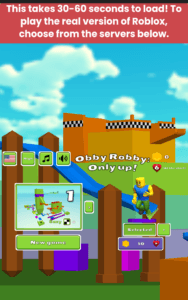
Bot verification technology has transformed from simple text-based challenges to sophisticated multi-layered security systems. Gaming platforms now employ advanced algorithms to detect and prevent automated programs from disrupting fair play.
Key Verification Methods Through Time:
- Text-based CAPTCHAs (2000s)
- Image recognition puzzles (2010s)
- Behavioral analysis systems (2015+)
- AI-powered verification (Present)
The rise of bot activities in gaming environments has created unique challenges for both players and developers. Bots can manipulate game economies, artificially inflate scores, and create unfair advantages in competitive play. These automated programs have become increasingly sophisticated, mimicking human behavior patterns to bypass traditional security measures.
History Spot Games implements robust bot verification systems to maintain the integrity of its educational gaming environment. The platform uses a combination of:
- Real-time behavior monitoring
- Pattern recognition
- Account verification checks
- IP tracking systems
Players encounter different verification challenges based on their activity patterns. This adaptive approach helps minimize disruption for legitimate users while maintaining strong security measures against automated threats.
The impact of bot activity extends beyond competitive gameplay:
- Reduced user engagement
- Compromised learning experiences
- Skewed performance metrics
- Diminished community trust
Gaming platforms continuously adapt their verification methods to stay ahead of evolving bot technologies. Modern systems analyze multiple data points, including mouse movements, keyboard patterns, and session behaviors to distinguish between human and automated users.
Ad-free gaming environments particularly benefit from effective bot verification, as they rely heavily on genuine user engagement metrics. These security measures play a crucial role in preserving the educational value and competitive integrity of history-focused gaming platforms.
Solutions for Effective Bot Verification in History Spot Games
Game developers implement multiple layers of security measures to maintain fair play and protect student activities from automated interference. Here’s how modern bot verification works in gaming environments:
1. Traditional CAPTCHA Systems
- Text-based challenges requiring users to identify distorted characters
- Image selection tasks asking players to spot specific objects
- Math problems designed to be simple for humans but complex for bots
2. Advanced Verification Methods
- Behavioral analysis tracking natural mouse movements and typing patterns
- Time-based monitoring to detect inhuman response speeds
- Device fingerprinting to identify suspicious login patterns
3. AI-Powered Detection
- Machine learning algorithms that adapt to new bot behaviors
- Pattern recognition systems identifying automated gameplay
- Real-time analysis of user interactions and game mechanics
4. Multi-Factor Authentication
- SMS verification codes for account security
- Email confirmation steps during registration
- Hardware token integration for enhanced protection
Game developers now combine these verification techniques with invisible security measures that run in the background. These systems analyze player behavior without disrupting the gaming experience, making bot detection both effective and user-friendly.
Recent innovations include biometric verification systems that can recognize human patterns in gameplay, from reaction times to decision-making processes. These sophisticated tools help maintain the integrity of educational activities while ensuring genuine student participation.
Engaging Students and Parents with Educational Activities in History Spot Games
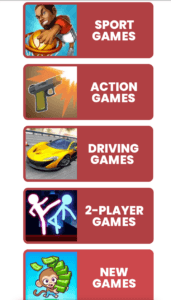
Creating an engaging learning environment requires active participation from both students and parents. History Spot Games bridge this gap by offering interactive experiences that transform historical education into a shared adventure.
Parent-Student Learning Strategies:
- Set up weekly “History Night” sessions using educational card games
- Create historical timelines together using digital tools
- Design family quiz competitions based on historical events
- Organize virtual museum tours for immersive learning
The key to sustained engagement lies in making historical education a two-way street. Parents who actively participate in their children’s learning journey help reinforce educational concepts while building stronger family bonds.
Classroom Integration Tips:
- Divide students into teams for historical map challenges
- Implement reward systems for completing educational game milestones
- Use digital access cards to track progress across different topics
- Create interactive storytelling sessions about historical events
Teachers can enhance student participation by incorporating varied learning methods:
- Visual Learning: Historical maps and timeline creation
- Hands-on Activities: Physical card games and role-playing
- Digital Engagement: Online quizzes and virtual tours
- Group Projects: Team-based historical challenges
These fun activities create lasting memories while building a solid foundation in historical knowledge. Students develop critical thinking skills as they navigate through different game scenarios, making connections between past events and present situations.
Parents can support this learning process by:
- Scheduling dedicated time for educational gaming
- Participating in multiplayer history games
- Discussing historical events during daily activities
- Creating custom learning materials using game templates
Resources for Educators and Parents to Explore History Spot Games
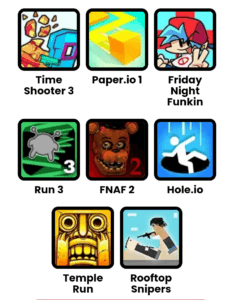
High-quality history spot games are readily available across various platforms. Here’s a curated selection of trusted resources:
Online Learning Platforms
- BrainPOP History: Interactive animations and games for grades K-12
- Mission US: Free interactive adventures through pivotal moments in U.S. history
- BBC History for Kids: Rich collection of historical games and activities
- National Geographic Kids Games: History-themed puzzles and challenges
Educational Websites
- iCivics: Games focused on government and civic history
- Smithsonian Learning Lab: Digital resources and interactive history lessons
- History.com Games: Engaging activities tied to historical events
- PBS Learning Media: Educational games aligned with curriculum standards
Recommended Books
- “The Everything Kids’ History Puzzle Book” – Perfect for hands-on learning
- “Who Was?” Activity Book Series – Combines biography with interactive elements
- “Timeline Card Games” – Physical card sets for historical chronology practice
Mobile Apps
- Rome: Total War – Strategic historical gameplay
- Civilization EDU – Educational version of the popular strategy game
- Oregon Trail – Classic historical simulation game
- History Calendar – Daily historical facts and mini-games
These resources incorporate bot verification systems to ensure a secure learning environment while maintaining engaging gameplay experiences. Each platform offers age-appropriate content, making it simple to select the perfect learning tool for your specific needs.
Getting Started with History Spot Games: A Practical Guide

Selecting the right history spot game requires a strategic approach to match your educational goals with engaging content. Here’s your step-by-step guide to getting started:
1. Assess Your Learning Goals
- Define specific historical periods or topics
- Identify key concepts you want to reinforce
- Set measurable learning objectives
2. Consider Your Target Audience
- Age group and reading level
- Prior knowledge of historical topics
- Preferred learning styles (visual, auditory, kinesthetic)
3. Evaluate Game Features
- Difficulty levels – Look for adjustable settings
- Interactive elements – Ensure engaging gameplay mechanics
- Progress tracking – Monitor learning achievements
- Multiplayer options – Enable collaborative learning
4. Implementation Strategy
- Start with 15-minute sessions
- Gradually increase duration based on engagement
- Rotate between different games to maintain interest
- Schedule regular knowledge checks
5. Create a Balanced Schedule
- Mix individual and group activities
- Alternate between different historical themes
- Include both structured and free-play sessions
Pro Tips for Parents
- Play the games yourself first
- Set up a dedicated learning space
- Keep sessions consistent but flexible
- Celebrate achievements and progress
Remember to test games on your intended device before full implementation. Many platforms offer free trial periods – use these to evaluate the resource’s effectiveness with your specific audience. Start with simpler games and progress to more complex ones as students develop confidence and knowledge.
Conclusion
History Spot Games are powerful educational tools that make learning an exciting adventure. These interactive platforms transform traditional history lessons into engaging experiences that spark curiosity and foster deep understanding.
The combination of educational content with entertaining gameplay creates a dynamic learning environment where students naturally absorb historical knowledge. Your journey into historical education can start with popular titles like:
- Time Travelers Quest – Perfect for beginners
- History Heroes – Ideal for middle school students
- Civilization Chronicles – Advanced historical strategy
Bot verification ensures a fair and secure gaming environment, allowing learners to challenge themselves and compete honestly with peers. This security measure helps maintain the integrity of your learning experience while you explore different historical periods.
Ready to make history come alive? Start your adventure today by selecting a game that matches your interests and learning style. Whether you’re a teacher looking to energize your classroom or a parent seeking educational entertainment, History Spot Games offer the perfect blend of learning and fun.
Take the first step. Pick a game, verify your account, and join thousands of learners who’ve discovered that history isn’t just about memorizing dates – it’s about experiencing the stories that shaped our world.
FAQs on History Spot Games
1. What are History Spot Games?
History Spot Games are interactive educational tools that integrate historical content with engaging gameplay elements. They aim to make learning history enjoyable and accessible for learners of all ages.
2. Why is bot verification important in gaming?
Bot verification is crucial in gaming environments to ensure fair play and security. It helps prevent cheating by distinguishing between human players and automated bots, thus maintaining a level playing field for all participants.
3. How do fun activities enhance learning in history?
Incorporating fun activities into historical education can improve retention and understanding of facts. Engaging learners through gamified approaches fosters a positive attitude towards learning and encourages exploration of historical topics.
4. What common methods are used for bot verification in games?
Common bot verification methods include CAPTCHA systems, which require users to complete tasks that are easy for humans but difficult for bots. Recent innovations also focus on advanced detection technologies to counter evolving cheating techniques.
5. How can parents and educators engage students with educational activities?
Involving both students and parents in fun educational activities can help foster a love for learning. Tips include creating interactive learning environments at home or in the classroom, where games and collaborative projects encourage participation.
6. What resources are available for finding quality History Spot Games?
Educators can explore various online platforms that curate high-quality history spot games suitable for different age groups. Additionally, books and websites can be recommended to parents to support fun learning experiences at home.
